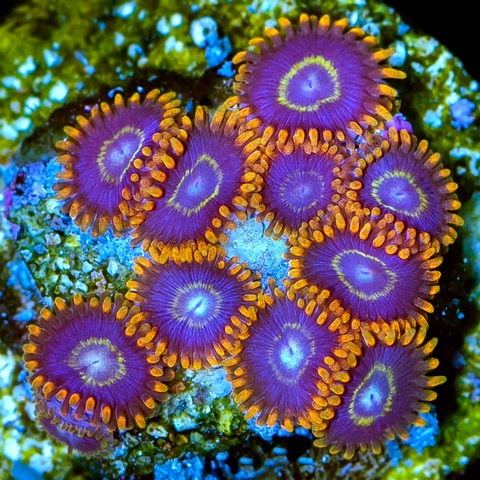
Coral Species Spotlight - Zoanthids
, by Will Chang, 1 min reading time

, by Will Chang, 1 min reading time




If you are visually impaired, please call 858-565-1910 and someone will assist you with your Order.
If you are visually impaired, please call 858-565-1910 and someone will assist you with your Order.